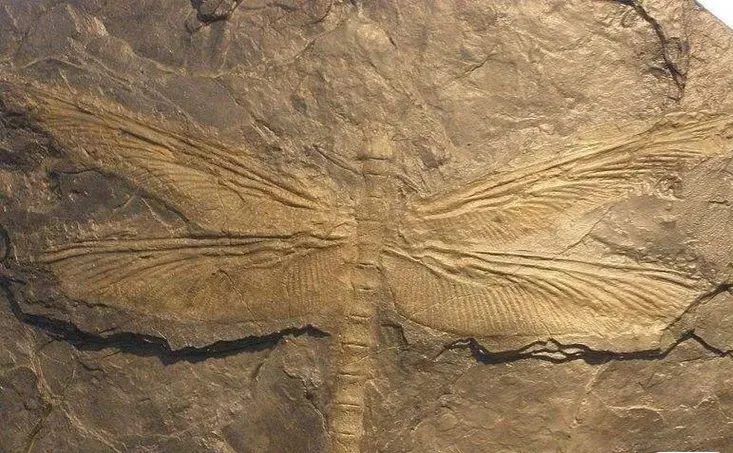【Popular science】 This giant vein dragonfly fossil was excavated in France in 1880
The country is now preserved in the French (National) Museum of Natural History. Giant veins
Dragonfly, scientific name Meganeura monyi, wingspan of 75cm, is history
Pre-to-large insects, which lived mainly in the Carboniferous to Permian,
About 360 million to 250 million years ago, by French paleontologists in 1885
Charles Jules Edmee Brongniart named. At that time, insects were generally larger, thanks to the unprecedented prosperity of ferns such as cycads at that time, so that the oxygen content in the atmosphere reached more than 35%, almost more than 2 times that of today, so that insects with independent tracheal systems such as giant vein dragonflies could grow and develop into prehistoric insects such as the giant insect Giant with no ancient Kun before and no insects after! The body structure of the giant vein dragonfly at that time was basically the same as that of today's dragonfly, but it was more than 10 times larger than today's dragonfly! It contains 30,000 small units of compound eyes, in a state of not turning the head can see the situation in all directions of the body, can also be said to be another sharp weapon of hunting, coupled with such a large head and wings flying in the sky, so that the small insects, lizards and fish at that time, all became one of its food!
